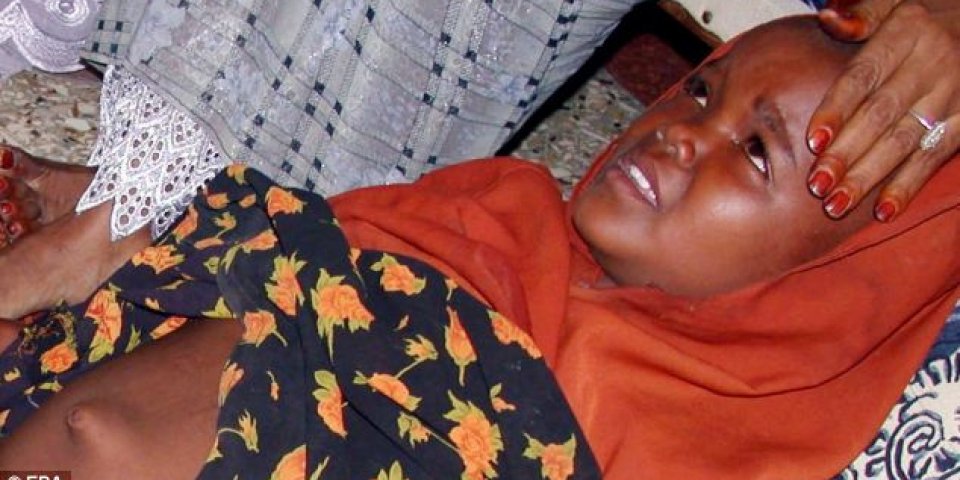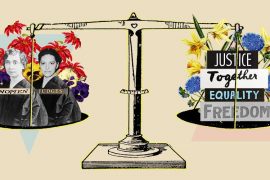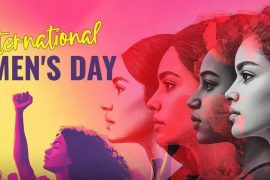By Patrick Egwu
When a cluster of villages in Senegal publicly announced their decision to end the practice of female genital mutilation (FGM) in 2008, many thought it was just a theoretical gesture. Today, the country stands as an example of how to eradicate genital cutting.
In 2008, to the admiration of global health observers, more than 5 000 communities in Senegal publicly declared that they were abandoning female genital mutilation (FGM), an age-old practice in that West African country. Since then, awareness has grown and a critical mass has been building, spreading through the very ties of family and ethnicity that used to entrench it. Thousands of villages have joined the movement, including more than 2,000 communities last year. In many ethnic groups across the continent, the practice, once seen as an immutable part of a girl’s life, is ebbing, though nowhere at the pace or with the organised drive found in Senegal.
In Senegal awareness of FGM is spreading through the very ties of family and ethnicity that used to entrench it.
The practice of FGM has negative health implications for the women and girls who undergo it. They often experience bleeding, infection, infertility and difficulties during childbirth that contribute to maternal mortality. The practice also diminishes a woman’s sexual pleasure and often causes pain during intercourse. The psychological and emotional trauma of the process also reduces a woman’s sense of self-worth.
At least 200 million girls and women around the world have undergone FGM in 30 countries, according to the World Health Organisation (WHO). The WHO also noted that the highest concentration of these cases was in Africa, the Middle East and Asia. The West African country of Senegal is one of these countries.
Despite a ban on the practice in 1999, certain tribes in the country held on to the practice because they saw it as a tradition that ‘purified’ girls before marriage. In 2005, before the public denunciation in 2008, the practice was widespread in southern and north-eastern Senegal, with 94% of women in the Kolda region and 93% in the Matam having undergone the procedure, according to the Demographic Health Survey of that year.
The practice also varied by religion. Senegal is 94% Muslim and according to the 2005 survey, 29% of Muslim women had undergone FGM, while only 16% of Animists and 11% of Christian women had been exposed to it.
In 1999 Senegal passed its first law making FGM illegal. The law also modified the country’s Penal Code to make the practice a criminal act, punishable by a sentence of up to five years in prison. In 2005, Senegal went a step further and ratified the Maputo Protocol, which advocates for women’s rights and an end to the practice of FGM.
Today, in most communities, the practice is fast declining. A 2015 study by the American Journal of Tropical Medicine and Hygiene showed that the overall prevalence of FGM among women in Senegal was 28,1% and 6,2% among their daughters. This is a sharp decrease even from a 2011 survey, which showed that about 30% of women aged over 30 had been cut, while 25% of 15 to 19-year-olds had undergone the process.
For the past two decades, Tostan, a grassroots NGO based in Dakar which collaborates with UNICEF and UNFPA, has been at the forefront of ending the practice. Executive director Molly Melching said working directly with communities was the key.
Melching, 67, came to Senegal as an exchange student when she was 24. She began by working with street children for the Peace Corps, devising a rural education programme in the village where she lived in the 1980s, and then starting Tostan 26 years ago.
Tostan uses ‘traditional African ways of mediation and communication – group discussions where everyone has the chance to express themselves.’ According to the organisation, FGM is often performed in line with traditional and social norms to ensure that girls are socially accepted and marriageable, as a way to uphold their status and honour and that of their entire family.
“When communities learn that a traditional practice carries risks they didn’t know of, and violates basic human rights in ways they had not understood, they start questioning the practice,” Melching said.
The approach may be working: a 2008 UNICEF evaluation of Senegalese villages where Tostan had been working since 1998 showed that only 30% of girls had been cut, compared with 69% in similar villages where Tostan had not been active.
Tostan’s work has gone beyond Senegal, extending to other West African regions where the practice is commonplace. Tostan’s approach includes working in villages to promote literacy, create awareness about women’s and children’s welfare, advocate for human rights, and execute hygiene and environmental projects. The group emphasizes the rights of young girls and women through community-based discussion and engagement.
In addition to Tostan, other NGOs have been working independently to end FGM in the country. For instance, Save the Children, an NGO active in more than 120 countries across the world, has been deeply involved since 2002 to end FGM in Senegal. Strategies used included meeting with members of ethnic groups in the country and in neighbouring countries that practice FGM to discuss workable ways out.
The Orchid Project, a UK-based NGO founded in 2010, has also been raising awareness at the grassroots level, partnering with other organisations to help end FGM. In recent times, their work has led to 72 communities abandoning FGM for the first time and reinforcing the previously made decision to abandon the practice in many others.
A consultant physician in Nigeria, Dr Anthony Mbah, told This is Africa that Senegal’s mission to end FGM sets a strong example for other African countries where the practice is prevalent.
“What is happening in Senegal should be applied here and elsewhere,” he said. “The practice is evil and can destroy the essence of an individual’s life. Together, we have to join hands and end it by educating our people extensively on its dangers or else we will continue living in a primitive era.”
Others have called for strengthening the legislation and legal framework that ban the practice and allow for the prosecution of offenders.
“Our laws, both national and international, must be drafted to reflect this reality of genital cutting,” said Jude Ikem, a human rights activist and anti-FGM campaigner.
However, in only a few countries where it is widely practised has FGM been banished by law: Burkina Faso, the Central African Republic, Chad, Côte d’Ivoire, Djibouti, Egypt, Ghana, Guinea, Senegal, Tanzania and Togo.
In Sudan, only the most severe forms of FGM are banned. In Kenya, a presidential declaration has denounced the practice, and in one case a Kenyan father received an injunction to not have his daughters undergo FGM. But changing the law has its limitations. Even in the countries with prohibitions in place, the practice remains widespread.
In Nigeria, though FGM is forbidden under federal law with a four-year prison sentence, the practice still goes on behind closed doors, with little or no anaesthesia, especially in rural areas. Nearly 20 million women living in the country today have undergone the procedure, according to the UK-based charity 28 Too Many, which works in 28 African countries where FGM is practised.
More African countries need to step up their efforts to eradicate the practice, according to a recent United Nations Population Fund (UNFPA) report. The organisation projects that 86 million girls between the ages of 15 and 19 will be subjected to FGM by 2030, if current trends continue.
“To end this practice globally, more action like the Senegal example needs to be taken,” said DrMbah.




